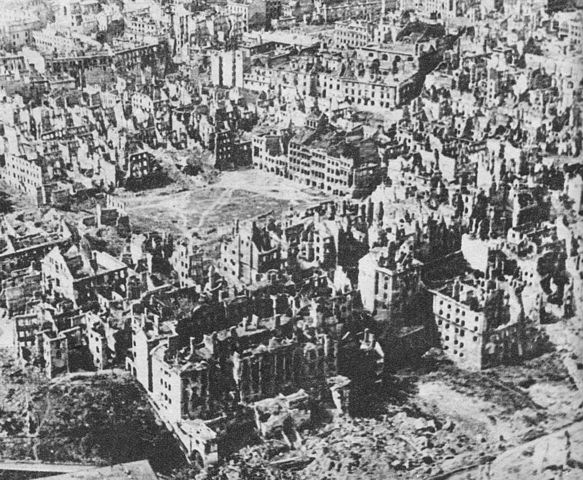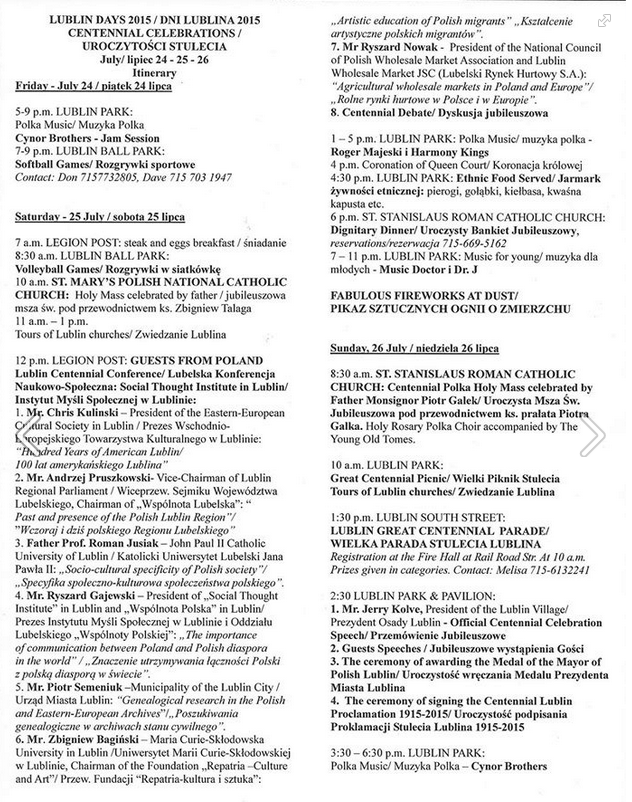Today is not only a momentous day in Polish history, it also marks the 95th anniversary of one of the t0p 20 most important military battles in the history of the world, the Miracle on the Vistula, also known as the 1920 Battle of Warsaw. On this day in history, the battle for Warsaw turned in the Poles’ favor.
95 Years ago today, Poland was again a fledgling nation, having risen again out of the ashes of World War I after 117 years of non-existence, having been partitioned in the 18th century between Prussia/Germany, Russian, and Austria/Hungary. But a new map was drawn at the end of World War I, and that included a free Poland. The Bolshevik Communists in Russia, however, had different ideas–they wanted to spread Communism throughout Europe, but they had to go through Poland to do that. Poland was not cooperative, understandably so.
So between 1919 and 1921, Poland and the Soviet Red Army fought, a war started by the Soviets. Poland won, and the turning point happened on August 15, 1920. Though faced with numerically superior forces, Poland’s fledgling army managed to route the Soviet Red Army and save the capital city of Warsaw. It was the beginning of the end for the Communists, at least for another 19 years.
Why did Poland win? They had fervor and nationalism on their side. Having been oppressed for over 100 years, Poles were hungry for freedom. They believed in Poland. The Communists had conscripted (forced) soldiers who were fighting for nothing, being fed like fodder to the guns of the Poles. The Poles had love of country, all the Soviets had was fear. And, the Poles had Józef Piłsudki, their military and political leader. Not especially diplomatic, not typically military-trained, Piłsudski shared the same love of Poland with the Poles. He brought fervor and belief in themselves to the Polish army. Aided by many able generals, the Poles were able to prevail.
Though they won the battle, and this was the turning point, leading to eventually winning the war, the battle was not without consequences for either side. Estimated Red Army losses were 10,000 killed, 500 missing, 30,000 wounded, and 66,000 taken prisoner, compared with Polish losses of some 4,500 killed, 10,000 missing, and 22,000 wounded. Freedom is not cheap, nor easy.
But on this day, 95 years ago, the battle turned in favor of the Poles. August 15th is a national holiday in Poland, a religious holiday, the feast of the Assumption. It’s also celebrated as Armed forces day, and a day of remembrance of the miracle on the Vistula River, 95 years ago today….




